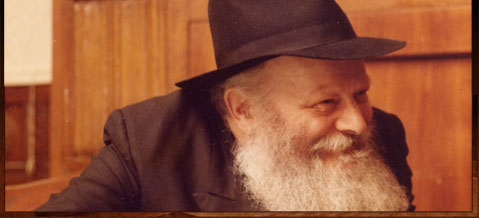Rabbi Gedalya Axelrot
My father was a wanted man in the Soviet Union. In 1936, after years of narrowly evading arrest for the crime of promoting Jewish observance, he fled and arrived in Israel. He settled in Ramat Gan, where he helped found the “Sukkat Shalom” synagogue and served as its rabbi. When he passed in 1960, his will included a request that I be chosen as his successor. I was only eighteen and a half years old at the time, shortly after receiving rabbinic ordination from a few prominent Israeli rabbis, among them Rabbi Shlomo Zevin.
About three months later, I received a letter from the Rebbe, in which he expressed his condolences and support to myself and the rest of my family. I also heard from others that the Rebbe would ask about our welfare during those years, showing particular concern for my younger unmarried sisters.
In that same letter, the Rebbe encouraged me to keep the Chabad traditions of our shul; most of the congregants at that time were not Chabad chassidim, and had asked to omit the recital of the Tachanun prayer from Mincha, the daily afternoon service, as per the Sefard prayer rite. In this context, the Rebbe spoke of the special quality of Mincha, which made it an especially opportune time for the recitation of the Tachanun.
Beyond the customs of our shul, the Rebbe also took a keen interest in my official election to succeed my father as the rabbi of his synagogue, and he even worked behind the scenes to help in that regard. In several letters to Rabbi Zevin from that period, the Rebbe urged him to exert “all of his influence, with the utmost energy and strength,” toward this end.
Just before Rosh Hashanah of that year, my appointment was made official. Despite the many pressing matters weighing on him, the Rebbe took time out of his schedule on the day before Rosh Hashanah to write to the legendary mayor of Ramat Gan, Mr. Avraham Krinitzi, to personally thank him for the decisive role he played in my appointment. (more…)





